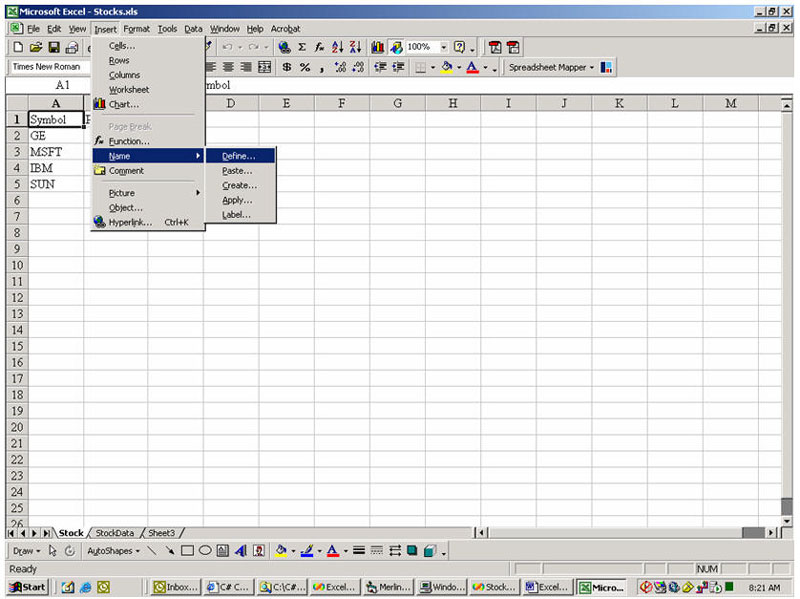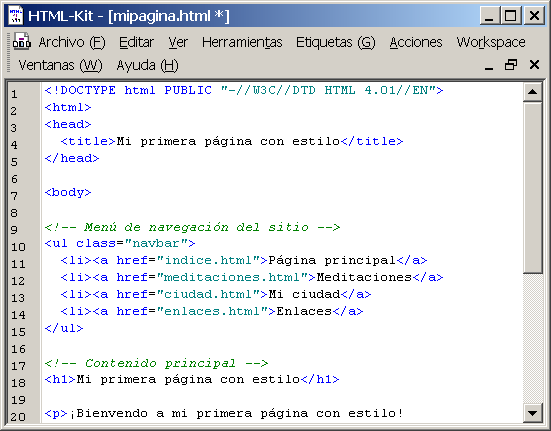*
FTP (file transfer protocol)
Short for File Transfer Protocol, the protocol for exchanging files over the Internet. FTP works in the same way as HTTP for transferring Web pages from a server to a user's browser and SMTP for transferring electronic mail across the Internet in that, like these technologies, FTP uses the Internet's TCP/IP protocols to enable data transfer.
FTP is most commonly used to download a file from a server using the Internet or to upload a file to a server (e.g., uploading a Web page file to a server).
Plugins
Though software plug-ins might not make your room smell as nice as the scented ones you stick in an outlet, they are still useful. A software plug-in is an add-on for a program that adds functionality to it. For example, a Photoshop plug-in (such as Eye Candy) may add extra filters that you can use to manipulate images. A browser plug-in (such as Macromedia Flash or Apple QuickTime) allows you to play certain multimedia files within your Web browser. VST plug-ins add effects for audio recording and sequencing programs such as Cubase and Logic Audio.
Most graphics and audio programs today support plug-ins since they are a convenient way to expand the capabilities of the program. Though some plug-ins may be shipped with the program, most are developed by third-parties and are sold separately. Because companies that make browser plug-ins are often competing for a standard (such as Flash and QuickTime), these plug-ins are usually available as free downloads from the Internet.
Filters
Filtering unnecessary data from data protection operations can reduce backup/migration time, storage space, and recovery time. Most, but not all iDataAgents include some filtering capability at the subclient level.
File systems' subclient filters can be defined for a path, directory, or file level.
Some application iDataAgents such as Exchange Mailbox, Lotus Notes Database, and Lotus Notes Document also allow filters to be defined.
There are four basic types of filters that can be used:
- Exclusion filters can be defined at the subclient level and exclude data from being unnecessarily protected. See Ad/Edit a Data Protection Filter for a Subclient for step-by-step instructions.
-Exception filters can only be defined at the subclient level for supported agents. An Exception filter allows you to define directory or file exceptions to a filter defined in the exclusion section. For example, you can "exclude" the C:\Temp directory with the "exception" of C:\Temp\log directory.
Internet Security suite
Suites combine multiple features into a single product. There are tradeoffs in using suites. It is convenient to have several features bundled together. Dealing with one vendor may be easier for upgrades and support. If you have 3 home computers, a 3 license suite may save you money and reduce the work to install and maintain your security software. On the other hand, suites may have strong features mixed with weaker ones. They may not have every security and privacy feature that you need or want.
Wiki
It is a free, web-based, collaborative, multilingual encyclopedia project supported by the non-profit Wikimedia Foundation. Its 17 million articles (over 3.5 million in English) have been written collaboratively by volunteers around the world, and almost all of its articles can be edited by anyone with access to the site.Wikipedia was launched in 2001 by Jimmy Wales and Larry Sanger and has become the largest and most popular general reference work on the Internet, ranking seventh among all websites on Alexa and having 365 million readers.
Javascripts
A scripting language developed by Netscape to enable Web authors to design interactive sites. Although it shares many of the features and structures of the full Java language, it was developed independently. Javascript can interact with HTML source code, enabling Web authors to spice up their sites with dynamic content. JavaScript is endorsed by a number of software companies and is an open language that anyone can use without purchasing a license. It is supported by recent browsers from Netscape and Microsoft, though Internet Explorer supports only a subset, which Microsoft calls Jscript.
Applets
In computing, an applet is any small application that performs one specific task, sometimes running within the context of a larger program, perhaps as a plug-in. However, the term typically also refers to Java applets, i.e., programs written in the Java programming language that are included in a web page.The word Applet was first used in 1993 by the application AppleScript.
HTML
HyperText Markup Language: a set of standards, a variety of SGML, used to tag the elements of a hypertext document. It is the standard protocol for formatting and displaying documents on the World Wide Web.
URL
 /U-R-L/ or /erl/ n. Uniform Resource Locator, an address widget that identifies a document or resource on the World Wide Web. This entry is here primarily to record the fact that the term is commonly pronounced both /erl/, and /U-R-L/ (the latter predominates in more formal contexts).
/U-R-L/ or /erl/ n. Uniform Resource Locator, an address widget that identifies a document or resource on the World Wide Web. This entry is here primarily to record the fact that the term is commonly pronounced both /erl/, and /U-R-L/ (the latter predominates in more formal contexts).
*






















